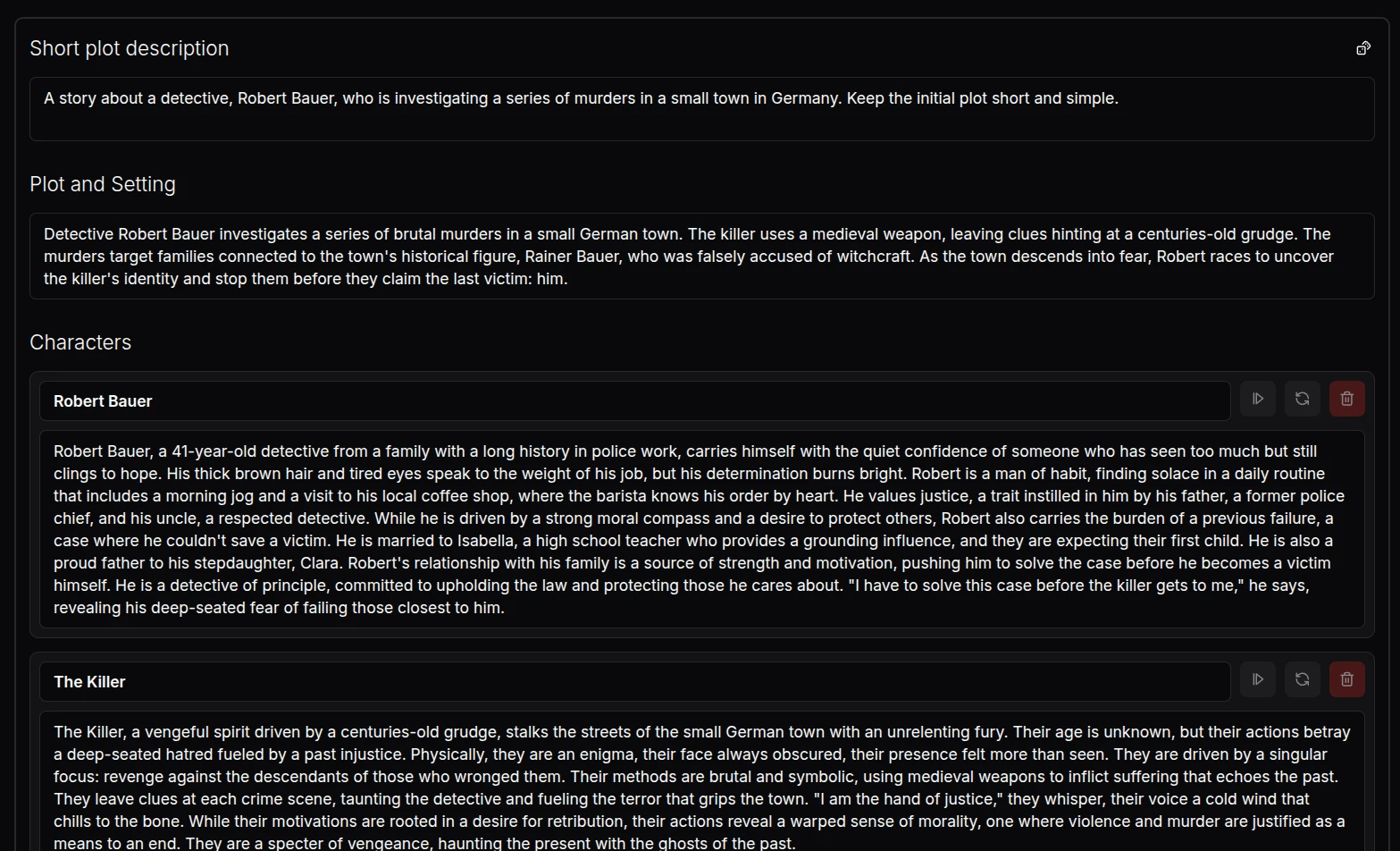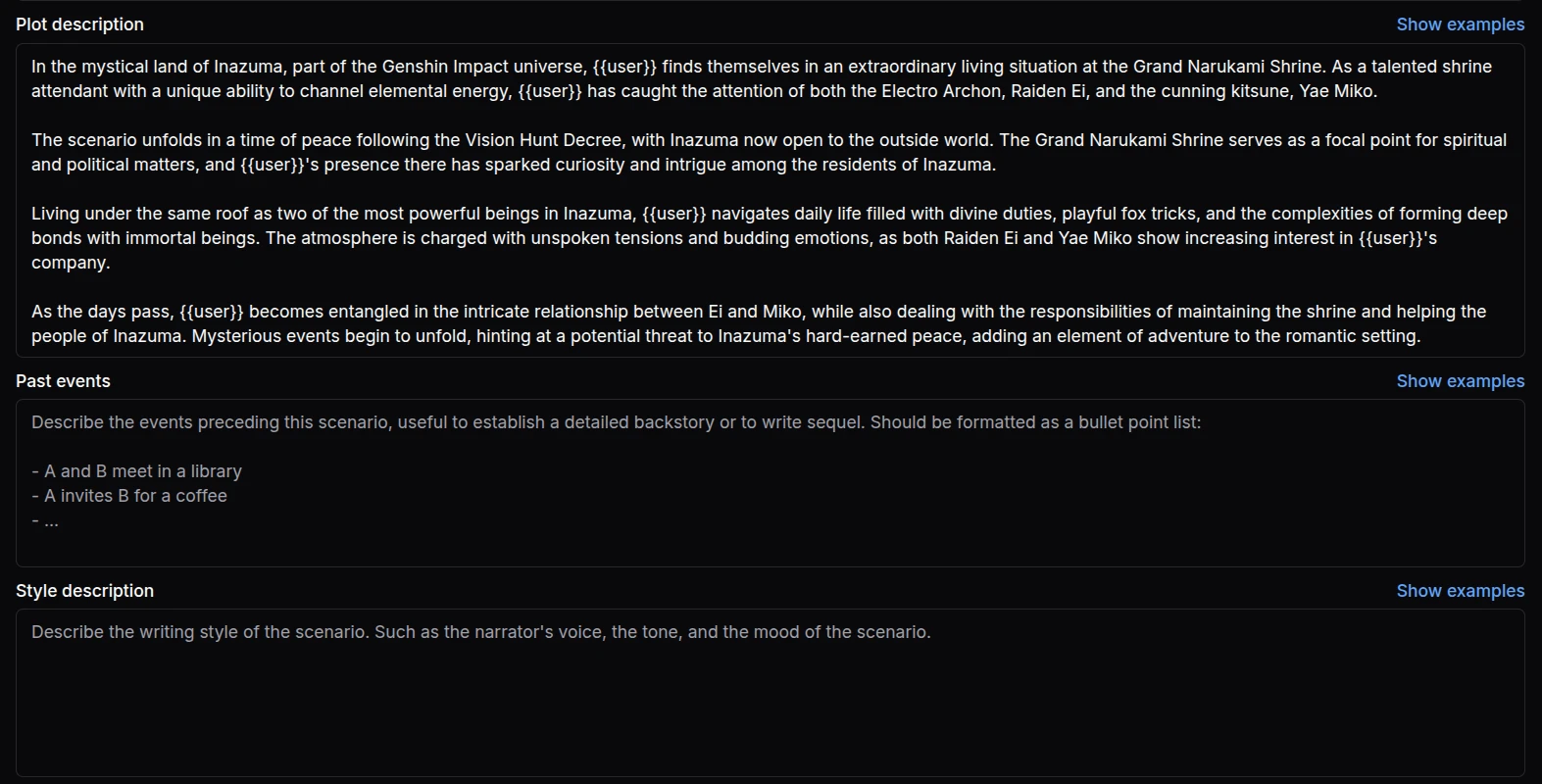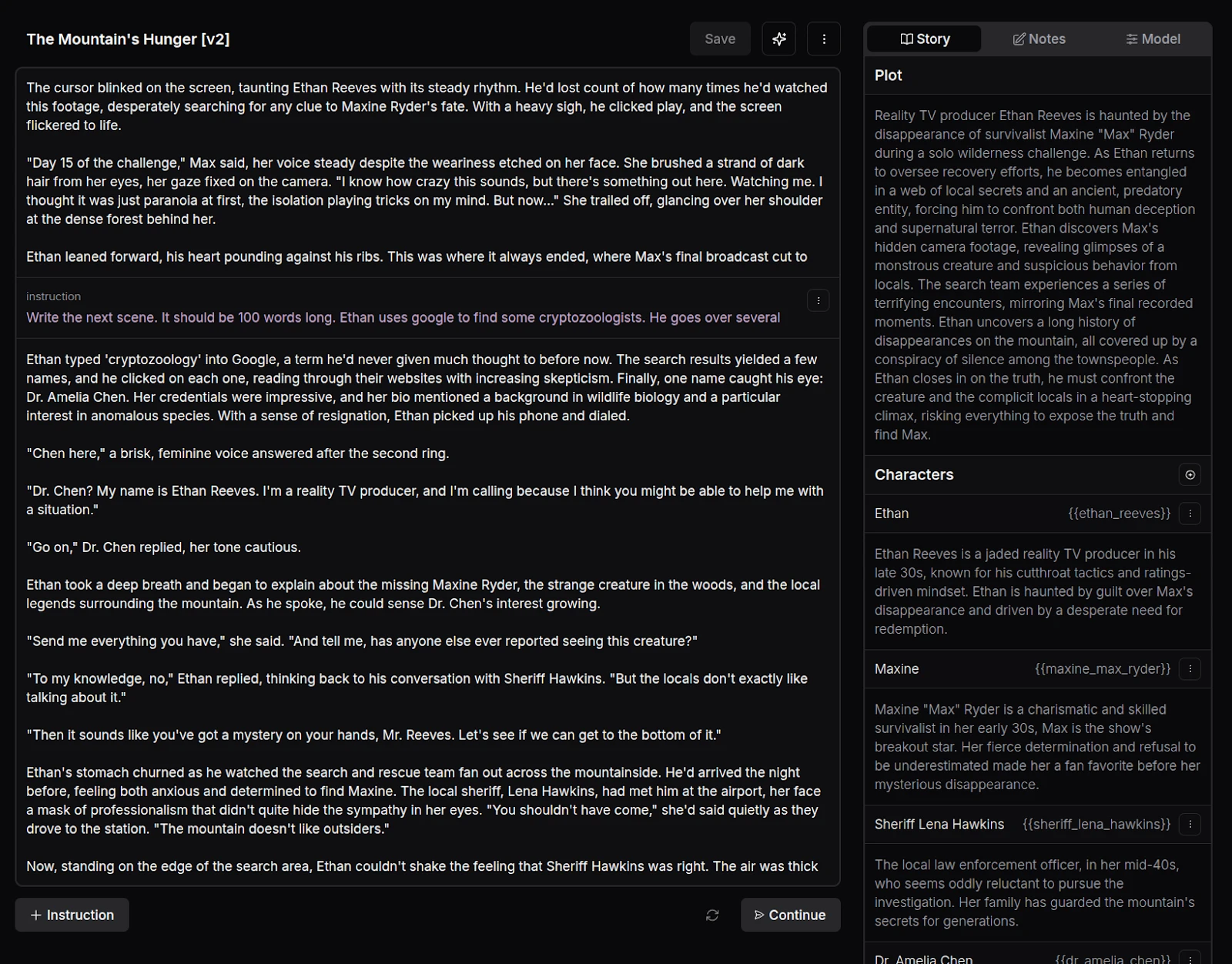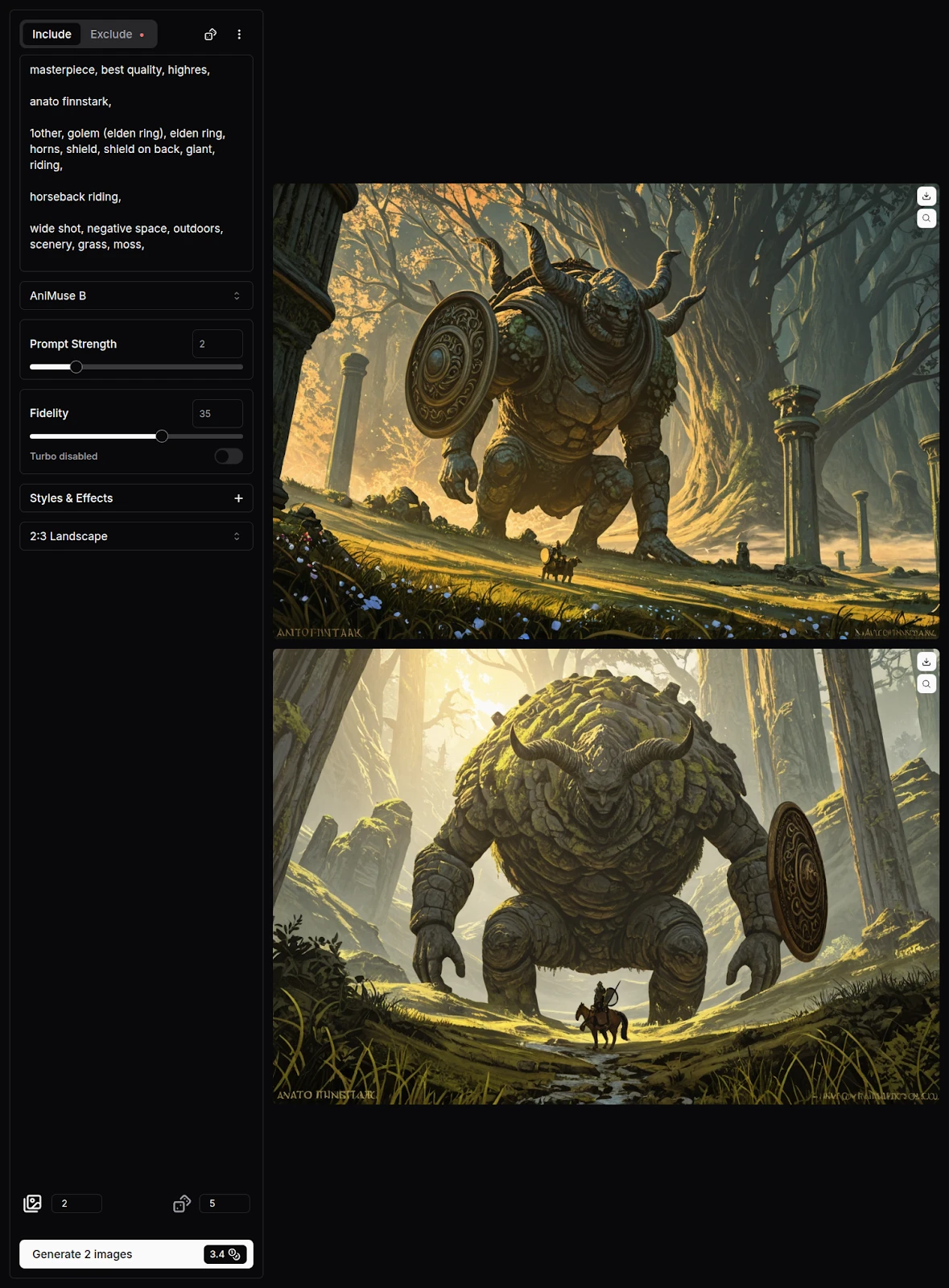Here’s How to Write a Short Story from Start to Finish with DreamGen
Quick Summary
This guide walks you through the essential steps of writing a short story, from developing your idea to refining your dialogue. We’ll explore best practices and tips for creating a compelling narrative that captures your reader’s attention. Plus, learn how DreamGen’s features can enhance your writing process, helping you craft the perfect short story. You can find more guides like this on the DreamGen blog.
Looking to Write the Perfect Short Story?
Many people assume that short stories are easier to write just because they’re short. But that’s far from the truth. Like any great piece of writing, a short story demands careful crafting. Every word must work to evoke emotion, spark curiosity, and create vivid imagery in just a few pages.
Not sure where to begin? This DreamGen guide will take you through the essential steps to write a compelling short story that grabs readers from start to finish.
Why Listen to Us?
At DreamGen, we specialize in helping writers unlock their creative potential. Through our AI-powered platform, we've seen how a solid structure and compelling characters can elevate a short story. Whether you’re crafting a short story or working on other forms of storytelling, we’ve got the expertise to guide you through the process and help you create something truly impactful.
What is a Short Story?
A short story is a brief work of fiction, usually under 7,500 words, designed to be read in one sitting. It typically centers on a single event, character, or theme, aiming to evoke a specific emotional response or insight.
Most short stories focus on one key moment or turning point in a character’s life, prioritizing brevity and impact over extensive development.
Key Characteristics
- Concise Length: Ranging from 1,000 to 7,500 words, offering a focused narrative.
- Unified Theme: Centers on a single idea, providing a cohesive experience.
- Limited Characters: Typically focuses on one or two main characters.
- Single Incident: Revolves around one event or series of linked incidents.
- Impactful Conclusion: Often ends with a twist, revelation, or significant moment that leaves a lasting impression.
Long Story vs. Short Story
Short stories are compact narratives, usually under 10,000 words, focused on a single theme, character, or event. They aim for a quick, impactful experience.
Novels, on the other hand, are longer works (over 50,000 words), allowing for more characters, subplots, and a broader exploration of themes and settings. While short stories offer a snapshot, novels provide a more immersive storytelling journey.
How to Write a Short Story in 6 Steps
Step 1: Start with a Strong Idea
Every great story begins with one clear, strong idea. This single thought will guide you and keep your writing focused. Think of it as a single sentence that answers three questions:
- Who is your main character?
- What do they want?
- Why does it matter?
For example: A timid librarian must find a hidden map to save his town from a silent curse.
Here, the ‘who’ is the librarian, the ‘what’ is the map, and the ‘why’ is to save his town. This sentence becomes your compass for every choice you make as you write.
You can also expand your idea into a short paragraph, adding a bit about the feeling, mood, or what’s at stake. This extra detail gives you more to work with while keeping the story focused.

If you’re using DreamGen, the Scenario Wizard can turn a raw idea into a focused premise, offering suggested character hooks and multiple starting points to choose from. Just enter your idea, and you’ll have a range of options to jumpstart your story.
You can also check our collection of the best story ideas for some inspiration.
Step 2: Build the Story Bible
A Story Bible is a quick reference guide that ensures your world and characters stay consistent. You don’t need too many details, just enough to keep you on track.
Start with your setting: Write a brief description of the place, time, and atmosphere. For example: a dusty, old library in a small town with a hidden curse.
Next, create profiles for your main characters. For instance, in our story, our main character profiles would be:
- Your hero: The timid librarian. What does he want (find the map)? What’s his biggest flaw (self-doubt)?
- The villain or obstacle: A rival treasure hunter or the curse itself. What do they want, and how do they block the hero?
- An ally: A local child or historian who helps. Why are they important to the hero’s journey?
Then, define your story’s voice: Is it tense and mysterious, or light-hearted and adventurous? This sets the tone for your writing.

While this can be a lot of work if done manually, DreamGen makes it easy with the Scenario Codex (Story Bible). It helps define your plot, setting, characters, and tone all in one place, keeping your story rich in detail, consistent, and easy to reference as you write.
Step 3. Outline the Plot
Once you have a clear understanding of your characters and setting (from the Story Bible), you can outline your plot with a solid foundation in mind.
A plot is a roadmap that guides your story forward. It’s not a strict rule, but a simple way to ensure your narrative stays on track. Most short story plots have main moments like:
- Inciting Incident: The event that kicks off the story (e.g., the librarian discovers the hidden map).
- Rising Action: Tension builds as the librarian faces challenges (e.g., the curse begins affecting the town).
- Midpoint: A turning point that changes the story’s direction (e.g., the librarian confronts the rival treasure hunter).
- Climax: The highest point of tension (e.g., the librarian uncovers the map’s final clue).
- Resolution: The outcome of the conflict (e.g., the librarian saves the town, but with a personal cost).
For each moment, write a brief note (one or two sentences) explaining what happens and how it impacts your character. This simple planning will help keep you focused and avoid confusion later.
Step 4: Write Your First Draft
Now that you have your main idea and a simple plan, it’s time to write the first draft of your short story. The goal is to get the entire story from start to finish.
Don’t aim for perfection. It’s okay if some sentences feel clumsy or if a few ideas don’t fit perfectly. You’ll fix all of that later. Focus on following the structure from your plot outline and developing each scene to push the story forward.
Stay flexible and allow for discovery. If a new idea improves the story, note it down and keep writing. You can include these changes in future drafts.
An advantage of writing your short story’s first draft with DreamGen is the option of using our dedicated Story Mode. It’s a flexible text editor designed for storywriting that lets you write and edit directly.

You can start with a blank slate or a pre-built scenario, and as you write, the AI provides instant suggestions on what might come next. This allows you to fill in gaps and extend a scene without losing your creative flow.
Step 5: Strengthen Your Dialogue and Character Interactions
After finishing your first draft, you’ll likely find some scenes feel flat, especially the conversations between characters. This step is all about making those moments feel more genuine and dynamic.
Here’s how you can do that:
- Pick a scene that feels weak. Imagine your characters are having a conversation in real life. What would they say? What would they leave unsaid?
- Try writing a quick back-and-forth exchange between the characters. Don’t worry about it being perfect, just let them talk. Focus on the pauses, the small actions, and the things they’re holding back.
- What is the conversation really about? Once you find lines or moments that feel real and honest, you can add them into your story to make the scene more vivid and human.
This refining helps you show the reader what’s happening rather than simply telling them. You can make it even easier with DreamGen’s Story Assistant. It acts as your creative sidekick. If you're stuck, ask questions like “What should happen next?” or “Can you rewrite this dialogue to make it more tense?”

The assistant can also help refine character interactions or suggest how to improve the emotional depth of a scene. Perfect for overcoming writer’s block or polishing your draft.
Step 6: Revise, Polish, and Visualize
The final step of the creative process is to arrive at a finished, polished piece. To achieve this, you’ll tighten each sentence and paragraph to serve the central idea. You’ll also remove anything that does not advance the emotional arc.
- Structural Check: Check that each scene moves the protagonist toward or away from their goal. Cut or reshape any scenes that do not contribute to this progress.
- Line-level Check: Next, focus on individual sentences. Shorten long sentences, replace weak verbs, remove repetition, and strengthen the first line of each paragraph.
- Read-aloud: Read your story out loud. This will help you catch awkward rhythms and clarify your final sentences so they deliver the intended emotion. If a key element of the setting or character still feels fuzzy, consider adding a visual detail to make it clearer.

You can use DreamGen's AI-powered Image Generation feature to create a key visual that helps refine the appearance or tone of your setting or character. This adds depth and clarity to your short story, ensuring the reader’s experience is more immersive.
Best Practices for Writing a Short Story
Here are a few tips to help you at every stage of the writing process, ensuring a cohesive, engaging story that resonates with readers:
- Use an AI Story Generator: Use AI-powered story crafters like DreamGen to generate fresh ideas, refine your plot, and experiment with character interactions. The right tool can be the difference between an average and a great short story.
- Engage the Senses: Use details like sight, sound, taste, touch, and smell to make the world feel real. This helps readers connect more deeply with the story and adds richness without overloading them with unnecessary descriptions.
- Keep It Tight: Every part of your story should have a purpose. Avoid adding extra subplots or lengthy descriptions that don’t move the story forward. Instead, keep things focused so the main conflict and theme stay clear and engaging.
- Create Tension Early: Build conflict or tension right from the start. Whether it’s internal or external, make sure something’s at stake from the first scene. This keeps readers interested and ensures the plot doesn’t stall, helping you maintain momentum.
- Develop the Character’s Voice: Every character should speak and think in a way that matches their background and personality. This makes dialogue feel real and helps readers understand who they are, which makes them more engaging and relatable throughout the story.
- Use a Strong Ending: Your short story’s ending should feel earned and leave an impact. Whether it wraps things up or adds a twist, it should fit with the story's theme. Most importantly, it should leave readers with something to think about or feel long after they finish.
- Edit for Rhythm: Read your story aloud to catch awkward sentences and rhythm issues. Make sure each scene flows well and the pacing matches the emotions you want to convey. This helps ensure the reader stays engaged from start to finish.
Bring Your Short Story to Life with DreamGen’s Powerful Tools
Writing a short story requires creativity, focus, and structure. By developing a strong idea, staying on track with your plot, and crafting authentic characters, your story will resonate with readers.
With DreamGen, you have the tools to support your short story from start to finish. Use the Scenario Wizard to shape your premise, organize characters and tone in the Scenario Codex, draft in Story Mode, and refine with the Story Assistant. Our tool is intuitive, flexible, and designed for storytellers.
Ready to get deep into your creative zone? Try DreamGen today!